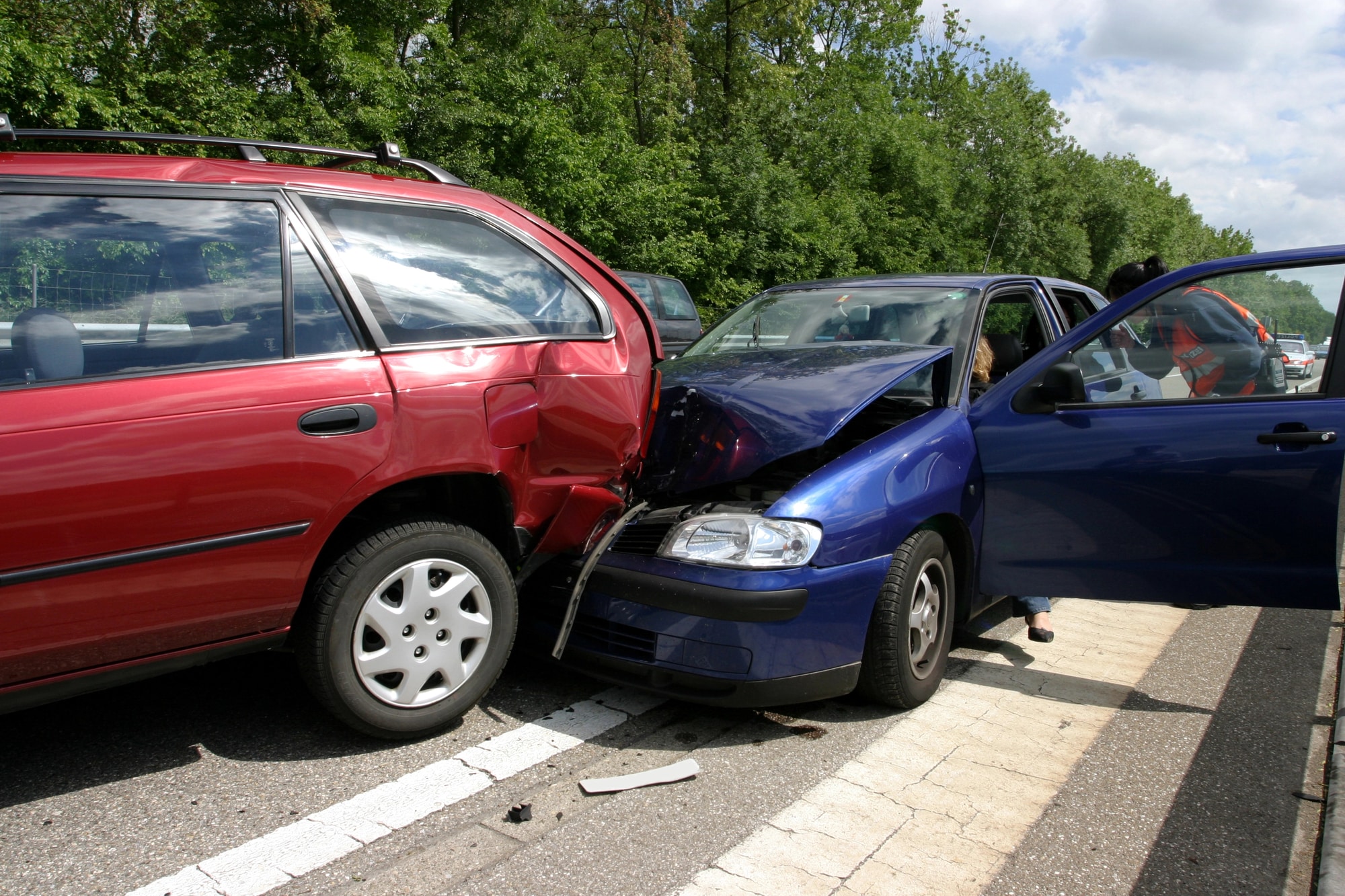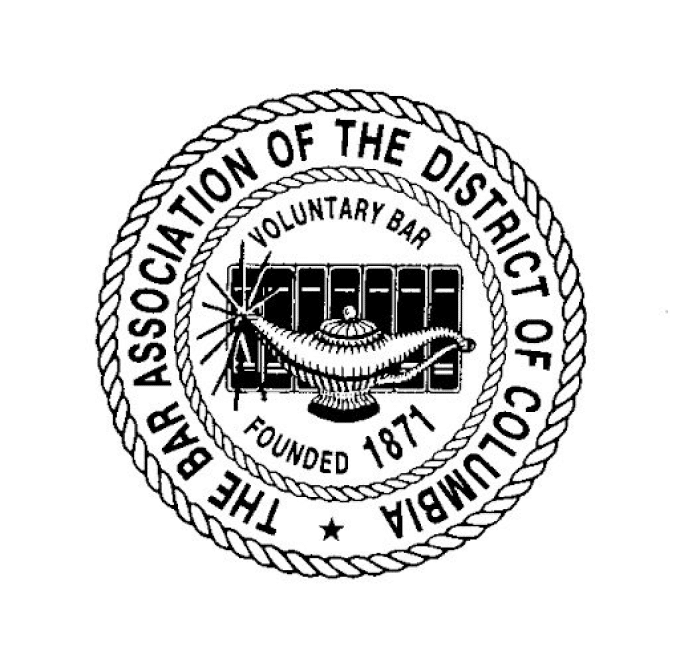Were You Injured by a Fatigued Truck Driver?
Fatigued truck accidents can cause tremendous devastation on the road. Because trucks are so massive, they can inflict substantial damage during a collision.
If you’ve been injured in a truck accident and suspect driver fatigue was the cause, it’s crucial to know your rights and act quickly to file a strong legal claim. If you’re ready to begin your legal claim, here are the steps you’ll need to take right away.
Why Driver Fatigue Is a Leading Cause of Truck Accidents
Unfortunately, driver fatigue is one of the leading causes of truck accidents. There are several reasons for this. Long hours on the road, tight deadlines, and insufficient rest breaks create a perfect storm for exhaustion among truck drivers. Although federal regulations, such as the Hours of Service (HOS) rules, aim to reduce driver fatigue by limiting driving hours and requiring mandatory rest periods, violations are not uncommon.
Fatigued driving impairs reaction times, decision-making abilities, and overall alertness—making it just as dangerous as drunk driving. If a tired driver struck your car in an collision, you have the right to file a legal claim. However, doing so requires taking specific steps to protect your claim.
Step 1: Seek Medical Attention Immediately
The first and most important step after any truck accident is to seek medical attention. Unfortunately, adrenaline can mask your current injuries, meaning they may not become apparent until later. Truck accidents often cause serious injuries, such as:
- Whiplash or neck injuries
- Traumatic brain injuries (TBI)
- Spinal cord damage
- Broken bones
- Internal injuries
A medical evaluation not only ensures your health is protected but also creates a record of your injuries. This documentation will be crucial evidence if you decide to pursue a personal injury claim.
Step 2: Contact Law Enforcement
Always call the police to report the accident. In Alabama, it’s required to notify law enforcement if an accident involves injuries, fatalities, or significant property damage. When the police arrive, they will:
- Secure the accident scene
- Interview witnesses and involved parties
- Document the details of the crash
- Create an official accident report
Make sure to request a copy of the accident report, as it will play a critical role in your case. If driver fatigue was suspected at the scene, the report may include initial observations that support your claim.
Step 3: Document the Accident Scene
While waiting for emergency services to arrive, gather as much evidence as possible from the accident scene. This evidence can help establish liability and prove that driver fatigue played a role in the crash. Key evidence includes:
- Photos of vehicle damage, skid marks, road conditions, and traffic signs
- Photos of your injuries
- Contact information for witnesses
- License plate numbers and insurance information for all involved vehicles
Be cautious about speaking with the truck driver or admitting any fault. Stick to factual statements when communicating with others at the scene, and avoid making assumptions about the cause of the accident.
Step 4: Notify Your Insurance Company
After leaving the scene, notify your insurance company about the accident as soon as possible. Provide accurate and detailed information but avoid speculating about fault or discussing specifics of your injuries until you’ve consulted an attorney. Anything you say to the insurance company could be used to minimize or deny your claim, so it’s best to stick to the basics until you have legal representation.
Step 5: Consult a Truck Accident Attorney
Truck accidents are legally complex, especially when driver fatigue is a factor. Trucking companies often have teams of attorneys and insurance adjusters working to protect their interests. Hiring an experienced truck accident attorney ensures you have an advocate on your side to level the playing field.
An attorney can help you:
- Investigate the accident and gather evidence
- Prove driver fatigue, including HOS violations
- Negotiate with insurance companies
- File a personal injury lawsuit, if necessary
Driver fatigue cases often require specific types of evidence, such as the truck driver’s logbooks, electronic logging device (ELD) data, and employer records. Your attorney will know how to obtain this evidence and use it to strengthen your case.
Step 6: Investigate Driver Fatigue as the Cause
Proving driver fatigue caused the accident is a critical aspect of your claim. Evidence that can demonstrate driver fatigue includes:
- Driver Logbooks: Federal law requires truck drivers to maintain logbooks detailing their driving hours and rest breaks. If these records show violations of HOS regulations, it can strongly support your case.
- Electronic Logging Devices (ELDs): Many trucks are equipped with ELDs that automatically record driving time and rest periods. ELD data is often more reliable than manual logbooks and can reveal patterns of overwork.
- Witness Testimony: Passengers, bystanders, or other drivers may have observed the truck driver behaving erratically or appearing drowsy before the crash.
- Employment Records: Trucking companies are required to follow federal safety standards. If they pressured the driver to exceed legal driving hours, they may also share liability.
Your attorney can subpoena this evidence and work with accident reconstruction experts to build a compelling case.
Step 7: Determine Liability
In truck accident cases, liability can extend beyond the truck driver. While the driver may have been fatigued, their employer could also be held responsible if they encouraged or ignored unsafe practices. Potentially liable parties in a truck accident caused by driver fatigue include:
- The Truck Driver: For failing to comply with HOS regulations or for knowingly driving while fatigued.
- The Trucking Company: For pressuring drivers to meet unrealistic delivery schedules or failing to enforce safety regulations.
- Other Third Parties: For example, if the truck was improperly maintained, the maintenance company could share liability.
Identifying all liable parties is essential to ensure you receive full compensation for your injuries.
Step 8: File a Personal Injury Claim
If negotiations with the trucking company’s insurance fail to yield a fair settlement, filing a personal injury claim may be necessary. In Alabama, you generally have two years from the date of the accident to file a lawsuit, but it’s best to act sooner while evidence is fresh.
Compensation in a truck accident case can include:
- Medical Expenses: Covering emergency care, surgeries, rehabilitation, and future medical needs.
- Lost Wages: For time missed from work and loss of earning capacity if injuries are permanent.
- Pain and Suffering: For the physical and emotional trauma caused by the accident.
- Punitive Damages: In cases of egregious negligence, courts may award additional damages to punish the responsible party.
Protect Your Rights After a Truck Accident
Truck accidents caused by driver fatigue are preventable tragedies, but victims have the right to pursue justice and fair compensation. Taking swift, strategic action after an accident is essential to building a strong case and holding the responsible parties accountable.
At Idrizi Law Group, we specialize in helping truck accident victims navigate the legal process with confidence. If you or a loved one has been injured in a truck accident caused by driver fatigue, don’t wait to seek legal help. Contact us today for a consultation and let us fight for the compensation you deserve.













